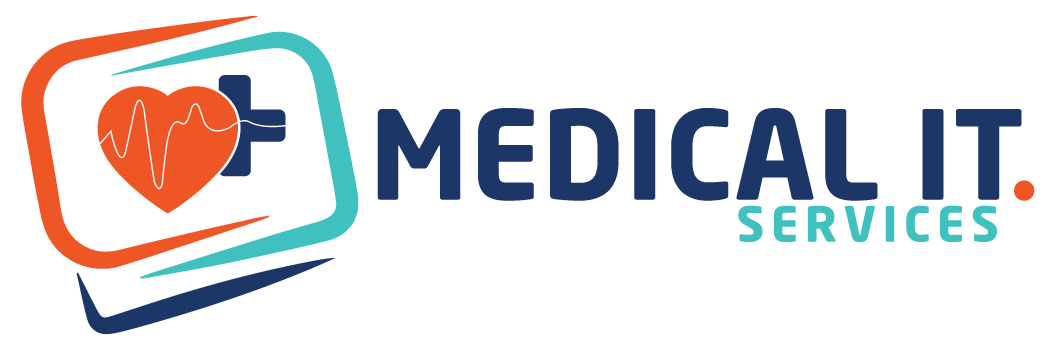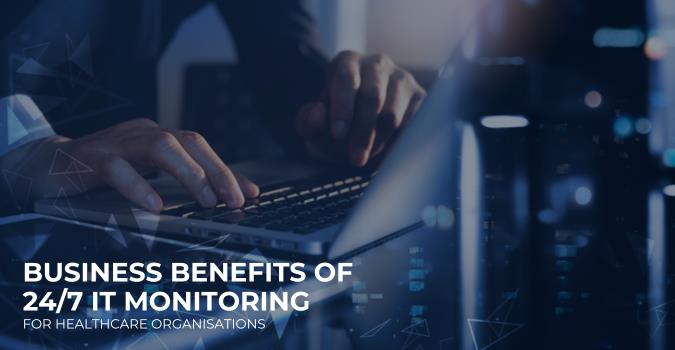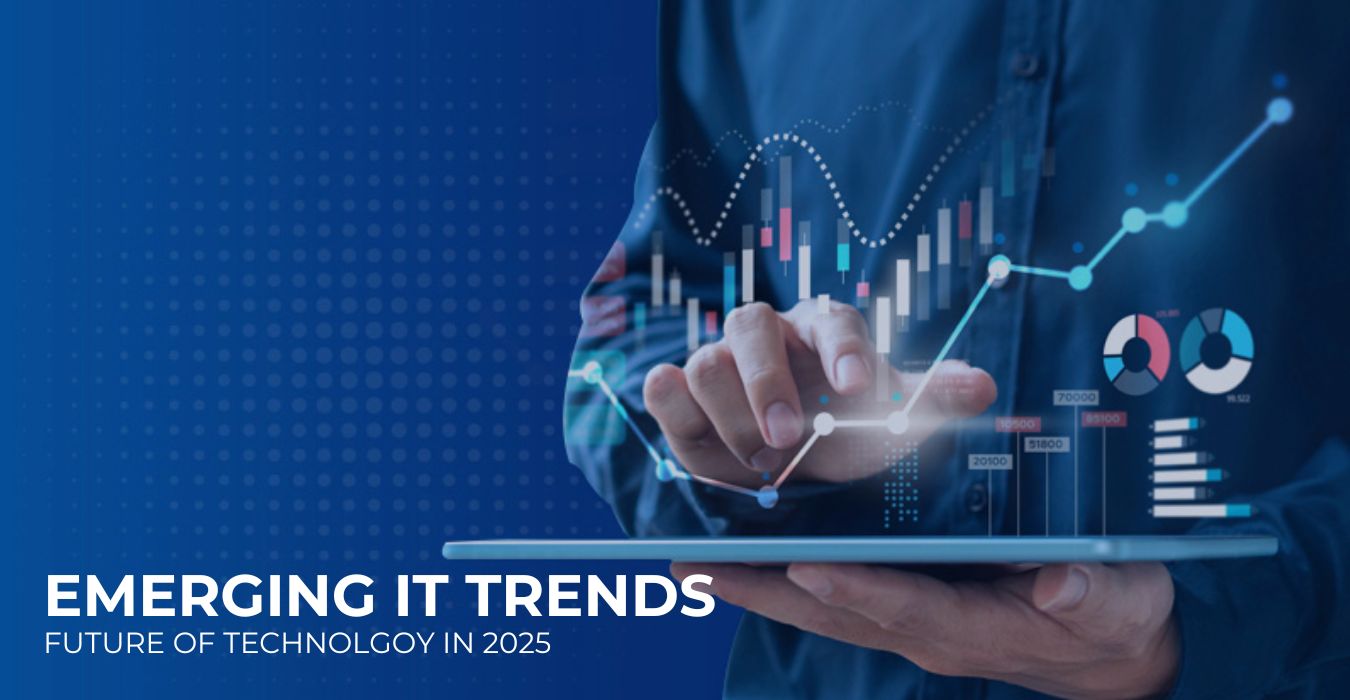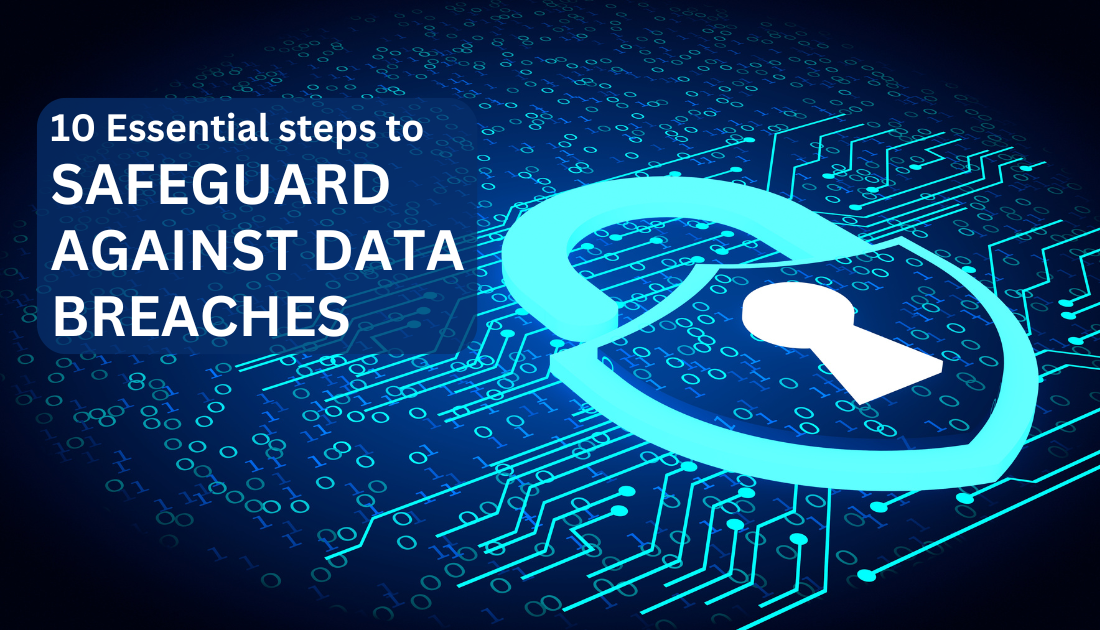Healthcare organisations rely on robust IT systems to manage patient records, facilitate telemedicine and support…
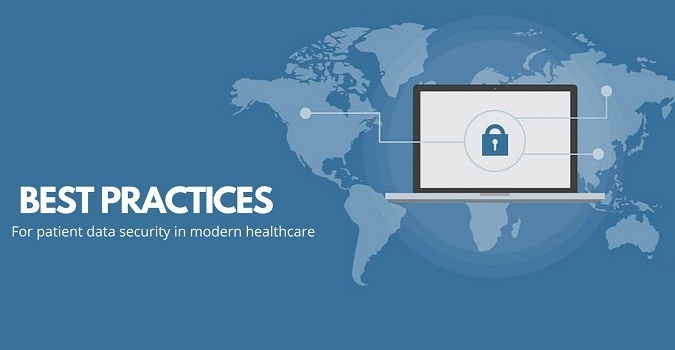
Best Practices for Patient Data Security in Modern Healthcare
Patient data security should always be a top priority for modern healthcare organizations. With the increasing prevalence of digital health records, interconnected medical devices, and online communication channels, safeguarding sensitive patient information has become even more challenging – yet critically important. Here are several best practices for patient data security in the modern healthcare:
Understanding the Risks
Healthcare organisations store a wealth of sensitive information, including medical histories, treatment plans, and financial data. This treasure trove of data makes them lucrative targets for cybercriminals. The repercussions of a data breach in healthcare extend beyond financial loss; they can erode patient trust, damage reputations, and even compromise patient safety.
Best Practices for Patient Data Security
To maintain confidentiality, integrity, and availability of sensitive patient information, follow these best practices for patient data security.
Encryption is Non-Negotiable:
One of the fundamental principles of securing patient data is the implementation of robust encryption protocols. All data, whether in transit or at rest, should be encrypted to prevent unauthorized access. Employing strong encryption algorithms ensures that even if a breach occurs, the data remains unintelligible to unauthorized parties.
Access Control and Authentication:
Implementing stringent access controls and multi-factor authentication (MFA) mechanisms is paramount. Limiting access to sensitive patient data based on job roles and responsibilities minimises the risk of unauthorised personnel gaining entry. MFA adds an extra layer of security, requiring users to verify their identity through multiple methods.
Regular Security Audits and Updates:
Conducting regular security audits helps identify vulnerabilities in the system. Promptly addressing these vulnerabilities through software updates and patches is crucial. This practice not only enhances system performance but also safeguards against known cybersecurity threats.
Employee Training and Awareness:
The human element is often the weakest link in any security system. Educating healthcare staff about the importance of data security, the risks associated with phishing attacks, and the significance of following security protocols is essential. Regular training sessions can help create a culture of heightened awareness.
Data Backup and Recovery Plans:
In the event of a security breach or data loss, having robust data backup and recovery plans is essential. Regularly backing up patient data and testing the recovery process ensures that critical information can be restored quickly and effectively.
Secure Communication Channels:
Communication within the healthcare system must be conducted through secure channels. Implementing secure email systems and encrypted messaging platforms adds an extra layer of protection to sensitive patient information shared among healthcare professionals.
Vendor Security Assessment:
Collaborating with third-party vendors is common in healthcare. However, it is essential to assess and ensure that these vendors adhere to robust security standards. Regularly auditing and monitoring the security practices of vendors can prevent vulnerabilities from entering the healthcare ecosystem.
Access Control and User Management:
Implementing strict access controls is essential to restrict access to patient data based on the principle of least privilege. This means giving users only the access they need to perform their specific tasks and regularly auditing user activity to identify any suspicious behavior.
Regular Security Updates and Patch Management:
Keeping all software, including operating systems, EHRs, and medical devices, up-to-date with the latest security patches is crucial. These patches often address newly discovered vulnerabilities that cybercriminals can exploit to gain access to sensitive information.
Staff Training and Awareness:
Educating staff on data security best practices is vital. This includes training on recognizing phishing attempts, password hygiene, and reporting any suspicious activity. Regularly conduct security awareness training programs to keep staff informed and vigilant.
Risk Assessment and Mitigation:
Regularly conduct risk assessments to identify potential vulnerabilities in your IT infrastructure and data security practices. Based on these assessments, implement appropriate mitigation strategies to address identified risks and strengthen your overall security posture.
Incident Response Plan:
Having a well-defined incident response plan in place is crucial for effectively responding to data breaches. This plan should outline the steps to be taken in the event of a security incident, including data recovery, notification of affected individuals, and regulatory reporting.
Compliance with Regulations:
Healthcare organisations must adhere to various regulations, such as HIPAA, that govern the security and privacy of patient data. Staying compliant with these regulations ensures that you are taking appropriate measures to protect patient information.
Adopt Secure Cloud Solutions:
Embrace secure and managed cloud solutions for storing and managing patient data. Cloud providers often employ advanced security measures and adhere to strict compliance standards, enhancing the overall security posture of healthcare organisations.
Summary:
In conclusion, safeguarding patient data is not only a legal and ethical imperative but also crucial for maintaining patient trust and confidence in healthcare systems. By implementing robust security measures, healthcare organisations can mitigate the risks associated with data breaches and protect the privacy of their patients.
Strengthen Your Patient Data Security Today
Are you ready to enhance the security of your healthcare organization’s patient data? Connect with MedicalIT.Services to take proactive steps and protect patient privacy. Embrace best practices, invest in advanced security solutions, and prioritize ongoing staff training to fortify your defenses against evolving cyber threats. Your patients deserve nothing less than the highest standards of data security and privacy protection.
Also Read:
